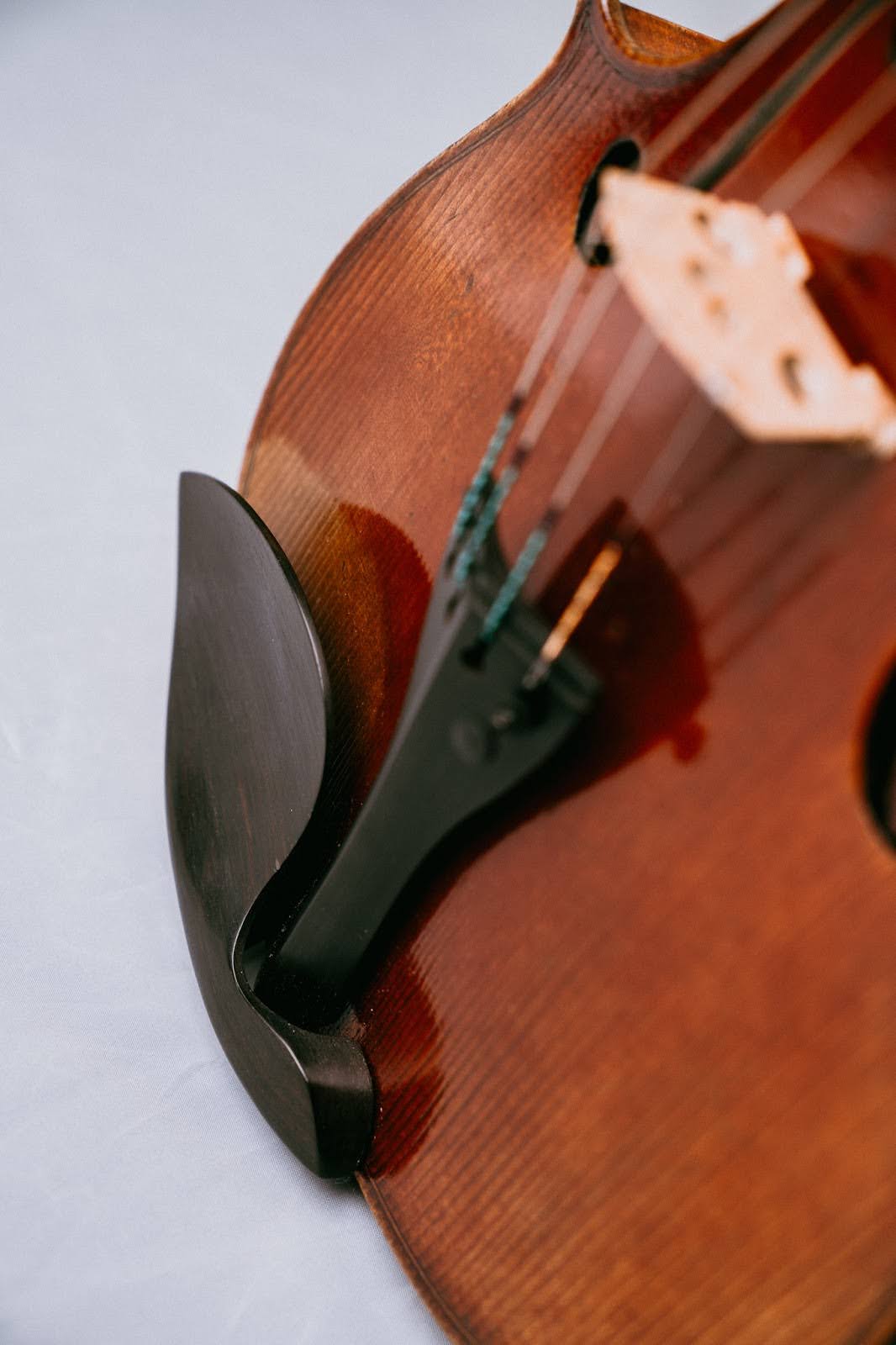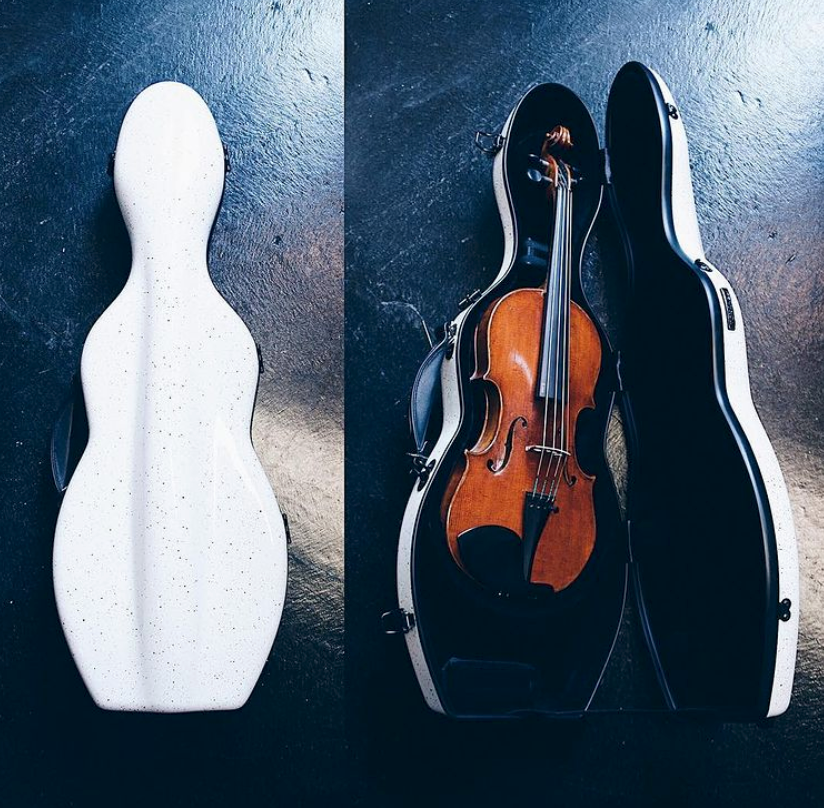Imagine picking up a violin, feeling its smooth wood under your fingers, and drawing the violin bow across the strings, only to be met with a sound far from the sweet, rich tones you expected. And this is where the magic of a proper violin setup comes into play. It’s not just about making your instrument look good; it’s about unlocking its potential.
Whether you’re a beginner learning your first scales or a seasoned player performing complex pieces, the proper setup can dramatically enhance your playing experience. A well-adjusted violin sounds better and plays more comfortably, allowing you to express yourself fully through music. Let’s dive into why getting your violin setup right is a keynote in the symphony of your musical journey.
What is the Importance of the Right Violin Setup?
One must balance the importance of the proper violin setup. It’s the foundation upon which you build technique, comfort, and musical expression. Here’s why it is recommended:
The Key to Comfort and Technique
Imagine playing stringed musical instruments or a violin that feels like an extension of your body. That’s what a correctly set up violin can do for you. When every part of the violin is adjusted to suit your playing style and physique, you’ll find that your fingers glide more smoothly over the strings, and shifting positions feel more natural. This personalized fit enhances your technique and significantly increases your comfort level, which is absent in cheap violins.
A Shield Against Strain
One of the less talked about yet crucial benefits of the correct violin setup is its role in preventing physical strain or injury. Playing an instrument that hasn’t been properly adjusted for you can lead to unnecessary tension in your hands, neck, and shoulders. Over time, this tension can turn into pain or, even worse, long-term injuries that could sideline you from playing. A well-set-up violin promotes a more ergonomic playing position, helping you to maintain a relaxed posture while you play. It’s akin to having the right chair and desk set up for long work hours; your body will thank you.
The Secret Ingredient to Superior Sound
Beyond comfort and technique, the ultimate goal of playing the violin is to produce beautiful music. The proper setup directly influences the quality of sound your instrument has. Every minor adjustment can immensely affect the sound’s clarity, richness, and volume. An adequately set-up violin resonates more freely, allowing for a fuller and more expressive tone. It’s as if your instrument speaks its best language because it’s been perfectly tuned.
What’s Involved with Violin Setup
A violin setup is like opening a toolbox filled with tiny yet impactful fine tuners for optimal performance. It’s not just about tweaking; it’s about understanding what each component does and how it contributes to the symphony of sounds your violin can produce – whether a student or a professional one. Every piece has its role, from the strings that vibrate with every violin bow hair to the shoulder rest that supports your playing stance. So, let’s peel back the layers and explore what’s involved in getting your violin setup just right.
Violin Strings

Strings are the soulful voice of your violin, and choosing the right ones is akin to selecting the perfect pair of shoes; it can drastically change your experience. The strings you choose influence your violin’s sound and how it feels under your fingers. When re-stringing your new violin, opt for strings matching your playing style and the tonal qualities you’re after—warm and mellow or bright and powerful. Different materials, from gut to synthetic to steel, offer distinct sounds and responses. Choose the right violin strings that align with your musical preferences and violin characteristics. They can enhance playability, making your instrument feel more responsive and easier to play. Also, make it a practice to wipe off rosin dust for clear sound. You can find quality strings and violins for sale at Ronald Sachs Violins- a leading violin store in Atlanta.
The Tuning Pegs
Tuning pegs sit quietly at the top of your instrument, holding the key to perfect pitch. Their role? Ensure each string is tuned to the right note, allowing your music to sound its best. But it’s not just about turning them; it’s about how well they fit and operate. Properly fitted tuning pegs should move smoothly without slipping or sticking, ensuring tuning your violin is more like a gentle dance than a wrestling match. When they’re adjusted just right, they hold the tension of the strings precisely, keeping your violin in tune through hours of practice and performance. It’s a simple detail, but getting it right makes all the difference in maintaining the harmony of your playing experience.
The Fingerboard and Nut
The fingerboard and nut are the unsung duos that significantly impact your violin’s playability and intonation. Picture the fingerboard as the stage where your fingers perform, gliding along its smooth surface to create music. Its partnership with the nut, which delicately holds the strings at the right height at the top of the violin, is crucial. This duo ensures that the strings are not too high—making it hard to press them down—or too low, causing buzzes against the fingerboard. The right balance affects everything from how easy it is to play fast passages to each note’s clarity. The fingerboard and nut work together to set the stage for a comfortable playing experience.
The Bridge
The bridge stands as a pivotal landmark on your violin, more than just a piece of wood arching over the body; it’s the messenger that carries the soul of your music from the strings to the violin itself. This carefully shaped and positioned piece has the critical job of transmitting the vibrations from your strings directly into the violin’s body, where they resonate within the wooden chamber to produce the rich, full tones we associate with this beloved instrument. The meticulous calibration of the bridge’s placement, height, and curve ensures that it optimally transfers each string’s vibration, affecting not just the volume of your violin but the quality of its tone. A well-set bridge can make your violin sing with clarity and depth that breathes life into every note.
The Sound Post
Tucked away inside the violin, unseen but indispensable, this small wooden dowel might seem insignificant at first glance. Yet, it is key to the instrument’s sound and structural integrity. The soundpost, positioned just right under the bridge, forms a vital connection between the front and back of the violin, helping to distribute the vibrations throughout the instrument. Its placement and fit are critical; even a slight shift can dramatically alter the violin’s tone, ranging from warm and mellow to bright and resonant. The soundpost’s role in fine-tuning the violin’s voice is akin to adjusting the equalizer on your favorite audio device—it shapes the sound, bringing balance, depth, and character to your music.
The Tailpiece
The tailpiece plays a crucial role in the symphony of components that create your instrument’s unique sound. It’s where the strings secure at their lower end, and its primary job is to manage the tension of those strings. But it’s not just about holding things together; the tailpiece significantly influences the violin’s resonance and overall sound quality. The material manufacturers make it from, whether traditional ebony or modern synthetic options, and its weight and design contribute to how vibrations transfer from the strings to the violin’s body. A well-chosen tailpiece can enhance the instrument’s tonal richness, making the sound more vibrant. The tailpiece is a key player in the delicate balance of producing the perfect sound.
The String Adjusters
These nifty gadgets attach to the tailpiece, allowing musicians to make small, precise adjustments to the tension of each string, fine-tuning the pitch with ease and accuracy, which is especially helpful for beginners who are still getting the hang of using the pegs and for advanced players who crave that perfect intonation in their performance. The adjusters contribute significantly to the ease of tuning, making the process less daunting and more accessible. By offering a way to correct slight pitch discrepancies swiftly, string adjusters ensure that your violin not only stays in tune but also matches your musical expectations, allowing you to focus more on the joy of playing and less on the mechanics of tuning.
The Chin Rest
The chin rest is more than just a resting place for your chin; it’s a cornerstone of comfort and stability when playing the violin. It allows you to hold the instrument securely without straining your neck or shoulder, providing a comfortable, stable position that can significantly enhance your playing endurance. The right chinrest fits the contour of your jaw and aligns with your playing posture, making it possible to focus on your music for hours without discomfort. This personalized fit is essential, as it affects your ability to play for extended periods and influences your overall performance quality, which you cannot achieve with temporary solutions like a rubber band. A well-chosen chinrest can distinguish between a good and great playing session. So when you are looking for how to play the violin right, ensure chin rest is on your checklist.
Conclusion
As we wrap up our exploration of the violin setup, it’s clear that each component, from the strings to the chinrest, plays a vital role in shaping the playing experience. The journey through the intricacies of violin setup is not just about technical adjustments; it’s about forging a deeper connection with your instrument. By understanding and fine-tuning these elements, you create a violin that sounds beautiful and feels like an extension of yourself.
